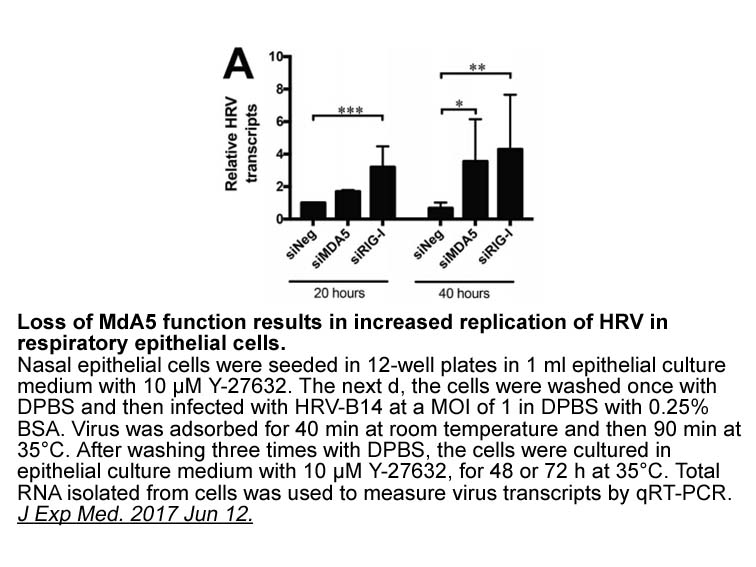Archives
EHop-016 Thiol are reduced by two major redox systems glutat
Thiol are reduced by two major redox systems, glutathione/glutaredoxin (GRX) and thioredoxin (TRX), which have been extensively studied in plants [13], [14], [15]. Glutathione, a thiol-containing tripeptide, exists in a reduced (GSH) or an oxidized form (GSSG). It has a major role as a redox buffer. The dynamics of its metabolism and compartmentation is the subject of many studies. Still, its functions in the nuclear compartment are poorly understood [16], [17]. Oxidized glutathione is reduced by glutathione reductases in mitochondria, chloroplasts, the cytosol and peroxisomes in plants [18], [19], [20]. Glutathione also serves as a powerful electron donor for many enzyme activities, including glutaredoxins, for which different functions in the nucleus have been recently identified (see below).
The second major thiol reduction system is based on thioredoxins, which are reduced by NADPH-dependent thioredoxin reductase or by a ferredoxin-dependent thioredoxin reductase in EHop-016 [15]. A functional thioredoxin system in the plant nucleus has been described [21], [22]. Various biochemical and proteomic approaches have been developed to identify target proteins of glutaredoxin and thioredoxins (reviewed in [23]). Some of the 400 potential targets of thioredoxins and glut aredoxins are nuclear proteins. Only a few of these candidate proteins have been experimentally validated. We review the data currently available on major nuclear thiol reduction systems in plants and their associated functions.
aredoxins are nuclear proteins. Only a few of these candidate proteins have been experimentally validated. We review the data currently available on major nuclear thiol reduction systems in plants and their associated functions.
Nuclear glutaredoxin system
Nuclear thioredoxin system
Potential functions of thiol reduction systems in the nucleus
Conclusions and perspectives
This review reflects the rapidly increasing evidence for redox-dependent regulatory mechanisms in the control of nuclear functions in plants. The nuclear compartment harbours a battery of low-molecular weight antioxidants of which thiols and their respective reduction systems have key role in performing these functions. Redox buffer molecules such as glutathione probably govern signaling functions for example via glutathionylation of Cys residues of proteins in addition to maintaining a reducing environment. For example, the discovery of the glutathionylation of histone H3 that affects nucleosome stability and chromatin structure in animal cells opens new perspectives in terms of gene expression regulation for the plant field [80]. Despite the intense research to identify redox regulated proteins, we must concede, however, that the number of nuclear protein candidates is very limited compared to other cellular compartments (such as the chloroplast) and that the associated functions are poorly characterized. This is probably due to the low abundance of the respective target proteins and to the sensitivity limitation of current proteomic techniques. All the proteins involved in signaling cascades (such as the TGA transcription factors) have been isolated by more sensitive techniques such as yeast two-hybrid assays [50], [51], [52], [53], [54]. These techniques as well as the development of state-of-the-art proteomic techniques will probably open new prospects in the field [108].
The genetic approaches described in the review have identified candidate proteins that may be involved in new nuclear-associated redox regulatory functions. For example, the discovery of the role of distinct glutaredoxins in different aspects of plant development is highly significant for understanding the mechanisms used by the plant to regulate its development under stress conditions [48], [49], [50], [51], [52], [53], [54], [55], [56], [57], [58], [59], [60], [62]. Nevertheless, most of the identified proteins are localized both in the cytosolic and the nuclear compartments and their actual  nuclear functions are still to be established. The dynamics of the nuclear/cytosolic glutathione gradients reported in the literature and the translocation of redox proteins between both compartments have also been poorly studied. The evidence of the role of thiol reductases in specific stress response (e.g., heat stress) warrant further studies about the mechanisms governing their accumulation and/or translocation to the nucleus. State-of-the-art imaging studies (like roGFP) and advanced biochemical techniques (co-immunoprecipitation, Bimolecular Fluorescence Complementation, Yeast two-Hybrid interaction tests,…) or nuclear targeted complementation of mutants combined with molecular genetic approaches are promising ways to address these questions.
nuclear functions are still to be established. The dynamics of the nuclear/cytosolic glutathione gradients reported in the literature and the translocation of redox proteins between both compartments have also been poorly studied. The evidence of the role of thiol reductases in specific stress response (e.g., heat stress) warrant further studies about the mechanisms governing their accumulation and/or translocation to the nucleus. State-of-the-art imaging studies (like roGFP) and advanced biochemical techniques (co-immunoprecipitation, Bimolecular Fluorescence Complementation, Yeast two-Hybrid interaction tests,…) or nuclear targeted complementation of mutants combined with molecular genetic approaches are promising ways to address these questions.